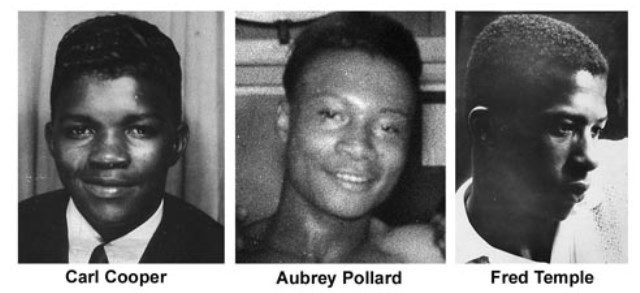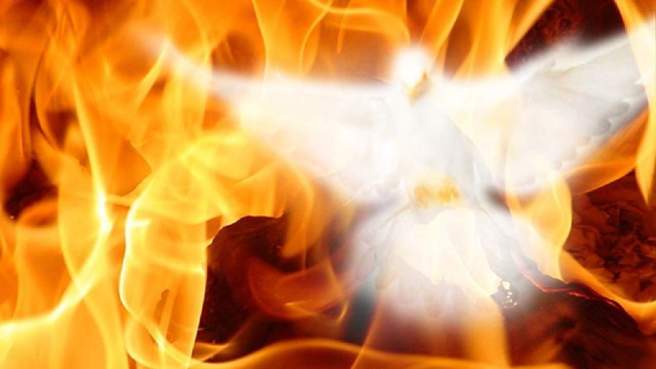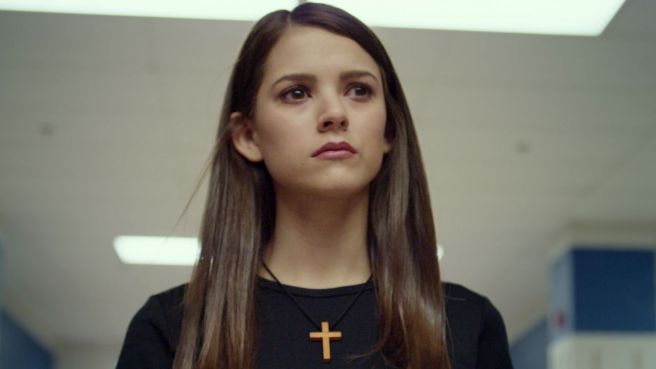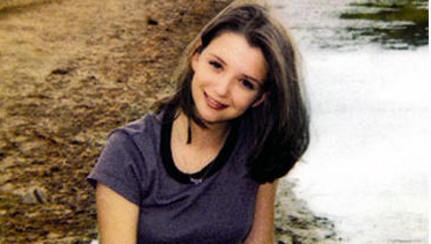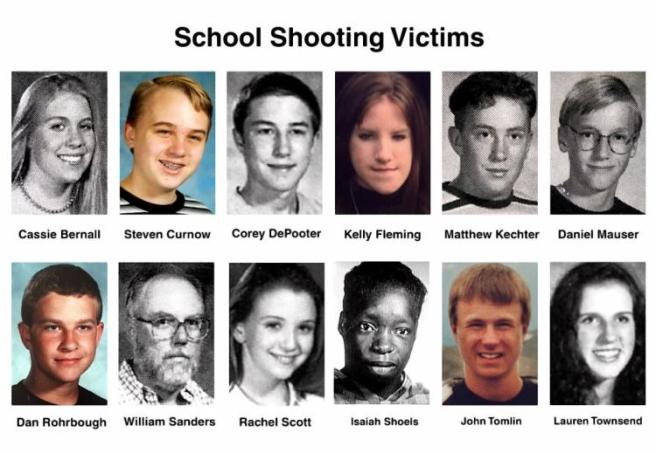Certain as the sun rising in the east, tale as old as time, song as old as rhyme…
This is my review of Beauty and the Beast (2017), guest-starring the one and only Monique Ocampo, also known as MsOWrites!

Cue the music, Jay! (Our friend Jay plays the Belle/Little Town theme)
CGB: (Walks out of little cottage) Huh, I didn’t know I lived in a cottage. (Shrugs, smiles at quaint little cottage) I’m not complainin’. Oohh, there’s tulips on the side of the cottage! Well, anyway….(Begins singing) Little film, it’s a brand new remake. All-star cast and some brand new songs. Little film, starring Emma Watson. Everybody says…
Critic 1: IT SUCKS!
Critic 2: IT SUCKS!
Critic 3: IT SUCKS!
Rad-Trads: IT SUCKS!
All together: IT SUCKS!
CGB: There go the critics with their gripes like always.
MsOWrites: Seems like they’re never satisfied.
Both of Us: Because way back when we were kids, Disney made a princess flick. And it was one that we both loved.
Nostalgia Critic: Good morning, girls!
MsOWrites: Good morning, NC!
Nostalgia Critic: Where are you off to?
CGB: We’re doing a review. It’s the remake of the classic Disney movie.
Nostalgia Critic: That’s nice. But honestly? It was meh.
CGB: Well, we haven’t even seen it yet.
MsOWrites: We might be in for a pleasant surprise.
Nostalgia Critic: It still sucks, though.
Critics: Look there they go, they’re just so optimistic. Can’t they see that the original’s the best?
Critic 1: Emma Watson’s auto-tuned.
Critic 2: The supporting cast was underused.
Rad-Trads: And let’s not forget the token gay LeFou!
(MsOWrites and I come out of the theater two hours later)
MsOWrites (crying): Oh, isn’t this amazing?
CGB: Are you crying? Because so am I!
MsOWrites: I never do…but yeah, I’ll make this exception. There’s just so much of this film that’s good and true…
CGB: It would certainly please JP2! Let us do a review, just me and you!
MsOWrites: We could show both the Catholic and secular world why it’s good!
CGB: Let us begin!
The Hits
CGB: So how did Hermione Granger do playing everyone’s favorite “most peculiar mademoiselle”? My answer: Emma Watson is a wonderful Belle! This Belle is a lovely reinterpretation of the original character, mixing her trademark book-loving nature with an inventor’s vibe. I really appreciate that Emma Watson’s Belle actually feels different from Paige O’Hara’s Belle from the 1991 classic. O’Hara’s Belle is dreamy, optimistic and overall innocent. Watson’s Belle is grounded, pragmatic and even bohemian in more ways than one. One of my biggest concerns is that Emma Watson would come off as an overconfident-in-her-own-self-actualization character, but luckily there’s a sweetness and humility to this new Belle. Also Watson’s Belle has more agency in this film than she did in the original; locking herself in the dungeon while pushing her father away, telling the Beast that he has to stand so that she can take back to the castle and so on. Finally, I’m going to add brownie points for that one scene where she teaches a young girl how to read. Brilliant! 😀 The Beast’s character is pretty much the same as he was in the original; starts off as mean, coarse and unrefined, but ends up becoming so dear and almost kind. 😉 Here, though, his temper is not as jarring as it was in the original. The sympathy factor of his character is applied right away so that we, the audience, are easily able to refrain from judgment before we get to know him. His pain and torment are palpable as his growing feelings for Belle begin to break down the inner walls he has placed around his broken, guarded heart.
Kevin Kline is a wonderful Maurice! I really appreciate that they dialed down his quirkiness big time and made him into an actual character. Warm, gentle, thoughtful, I can just see him hoisting little Belle onto his lap and reading to her by the fireplace.
Luke Evans is having the time of his life playing Gaston, and I had a great time watching his Gaston. The usual arrogance of the original character is still there, but we see his progression towards evil. Also I do like that he’s not impractically buff like in the cartoon, but that his toxic masculinity is displayed by his ignorance and overcompensation. Now, given that I’ve brought up Gaston, you’re probably waiting to see LeFou mentioned here. Before MsOWrites and I get into the whole gay LeFou thing, let me talk about the character LeFou. He is definitely an improvement from the cartoon character. His “hero-admiration” toward Gaston explains his loyalty to him and he is actually the smarter of the duo. In a way, he serves as a manifestation of Gaston’s effect on people; how he [Gaston] is able to grab and hold the attention of women and men alike, which was always the point of Gaston’s character to begin with.
EVERMORE! Oh my goodness, what a beautiful song! It’s like someone took Augustine’s Confessions, some passages from the Book of Psalms and a hint of the Song of Solomon, then threw them into a blender and then–somehow–they just mixed into the most melodic purée. Also the song really sums up a wonderful theme in this film: That people come into our lives who touch our hearts so much that when they leave us, just their presence will remain in our memory forever. They illustrate this when Maurice is singing about Belle’s mother, but the theme comes full circle with Evermore.
MsOWrites: First of all, the opening scenes were stunning in their visuals. We actually get to see the prince and the residents in the castle and watch the Enchantress cast her spell. As much as we all love the stained glass narration from the original, the prince’s character arc is to learn what true beauty is, which is kind of the whole point of the entire story in the first place.
The scene with Pere Robert wasn’t as elaborate as the bookshop scene in the original, but there’s a good explanation. It wouldn’t make sense for there to be a bookstore in a town that doesn’t have that many people who can or even want to read. However Pere Robert is a priest with a personal library. He doesn’t have as many books, but he generously loans the books he does have to Belle.
I appreciate the nuances that have been added to the story. For one, when Belle asks Monsieur Jean if he has lost something again, he responds, “I believe I have. Problem is I can’t remember what!” This is actually a small hint at [BIT OF A SPOILER, though it’s told to us in the opening prologue] the “forget-the-freaking-huge-castle-just-down-the-road” enchantment that the Enchantress placed on the entire town. Yeah, her spell not only turned the now-adult Prince into a hideous CGI goat-man, but also did what the neuralyzer from Men in Black does to people. It does feel like a convenient cop-out, but it works within the context of the story.
In defense of the songs, I thought these new versions of songs we all know sounded just fine. They had a more Broadway stage vibe to them, which makes sense given that this is an event musical film. The auto-tuning is necessary for the actors who are not professional singers and the background music of the songs are faithful to the original music.
The Misses
MsOWrites: So about that magic book thing…yeah, it kind of creates a plot hole. If it can just transport the Beast anywhere he wants, then why wasn’t he using it all the time prior to Belle’s arrival? Also, why didn’t Belle use it to get back to the village and return to her father? The book is used once and then we never see it again. What?
CGB: Remember how filled with wonder Belle was when she sang about the beauty of books to those sheep?
What? You don’t sing to sheep? I do it all the time! Alas, that’s not the point. The point is that Hermione–er, I mean–Emma Watson could’ve sung that part about, “oh, isn’t this amazing? It’s my favorite because…here’s where she meets Prince Charming, but she won’t discover that it’s him till Chapter 3” with a little more enthusiasm.
Speaking of which, Obi-Wan Kenobi (from the Star Wars prequels) plays Lumiere, but there is a bit of a catch: Ewan McGregor himself has stated that he has never seen the original film. GASP! Anyway, once I learned that, his performance in this film kind of made more sense. I’ve seen this movie twice and I didn’t really care for this Lumiere during either time I saw it. In fact, I think because there was so much focus on getting Belle, the Beast and Gaston right, the supporting cast feels less colorful.
An Unexpected Theological Truth
Both of Us: We consider ourselves students of Mother Teresa. Throughout her ministry to the poor in Calcutta, she deemed every person she helped as, “Jesus in His most distressing disguise.” That credo is on display in this film and in the original, as well. We are going to focus on this film for the sake of argument. While the Beast most certainly doesn’t act Christ-like in the beginning, Belle does when she chooses to bring him back to the castle after he rescues her from the wolves. As their relationship develops, he begins displaying Christ-like characteristics such as mercy, understanding and kinship. One of the many, many beautiful realities of Jesus is that when we follow Him, He brings out the best in us even during difficult times. With this in mind we see how once she begins ministering to him, Belle becomes the best version of herself and the same happens to the Beast in return. There is a saying that difficult people show their need for love in unlovable ways and the Beast is a manifestation of that adage.
We challenge you to think of the “Beast” in your life and ask yourself if he/she is in need of mercy and forgiveness. Sometimes Christ comes to us in the form of an unpleasant person who we can either wash our hands off and avoid at all cost, or show them compassion and forgive their faults just as Belle does with the Beast.
The Elephants in the Room
#1. This film has a gay agenda!
MsOWrites: Let’s address the biggest elephant in the room first. There was a lot of hype and backlash about a “gay scene” in this movie involving the character of LeFou. While it’s true that LeFou is shown to have feelings for Gaston, the actual gay scene is just two seconds long.
Neither of us are promoting gay marriage. However, we do agree with the idea of representation. We need to acknowledge that there are people out there who are attracted to the same sex and treat them as people instead of a stereotype. This advocating of representation also applies to those who identify as asexual as well. (I’m looking at you, Riverdale!)
Trust me when I say that Disney isn’t the only name in “children’s programming” to include a gay character.
CGB: So I already talked about this on both the blog FB page, but I’ll just rehash some of my thoughts here.
The original film makes it very clear that Lefou, as well as every woman and man in the entire village, is hopelessly enamored with Gaston. In addition, Gaston presents himself (quite loudly and boldly) to be THE ideal man, THE symbol of masculine perfection. Lefou, being Gaston’s right-hand man, would most likely be the one who gets t…he most sucked in to the–I guess we can call it–the cult of Gaston. It’s not just LeFou, it’s him and all of the village who are swept up in it, which explains why everyone immediately goes along with Gaston’s “let’s-kill-the-Beast” tirade with no questions asked.
Also, let’s look at Lefou himself. What does he personally gain from being around Gaston all the time? They’re not brothers or related in any fashion, and there’s no indication that Lefou owes him money or anything; in retrospect, Lefou has no real reason to associate himself with Gaston at all. One could make the argument that there is a social benefit to being around Gaston, but Lefou is never established to be a self-serving character who is trying to get ahead in society by being around the “right people,” so that wouldn’t hold up.
Simply having a character who happens to be gay in a film is not in and of itself promoting same-sex marriage. How it is presented is what matters. LeFou never actively hits on Gaston and there’s no gay wedding at the end. There will be those who say, “You give [gay people] an inch and they’ll take a mile!” However, that inch has to make sense.
You can be a faithful Catholic who staunchly defends the sanctity of marriage and acknowledge that there are LGBT people who are created in His likeness and image. In fact, that’s basically what we’re supposed to be doing. We are supposed to bring all people, gay or straight, to the Gospel, not chase them away from it by foaming at the mouth over a fictitious character who happens to be gay. As Christians, we are called to rise above our outrage culture and be a people of the better way. Love without truth is permissiveness and truth without love is brutality. Only the truth spoken with love brings hope and enlightenment.
#2. This film is uber-feminist!
CGB: I’m pretty sure I’ve made it clear by now that I identify as a pro-life feminist (I would emphasize, but the label itself is pretty self-explanatory). With this lens, I observed that the feminist undertones of this film were centered around the theme of the anti-intellectual village. For one, notice how only the boys go to school and the girls are the ones learning to keep house. This establishes how Belle is the outsider woman who chooses the solace of books over the conventions of the little town. It is not wrong to use film to point to the very bleak reality that there are still countries in our world where girls are not allowed to read or even go to school. I would argue that it would probably behoove Western feminists to focus less on promoting abortion and more on calling attention to the injustice of depriving girls an education.
MsOWrites: The main issue that Belle has with the villagers is that they choose to stay in their simple, provincial ways. Belle is shown doing laundry by having a horse pull a barrel full of soap and clothes. When I heard about Belle being an inventor who created a washing machine, I actually expected some kind of steampunk contraption. The invention that Belle created was actually something all the villagers could use. But instead of being open-minded about a better way to do their laundry, they destroy her invention. They also berate her about teaching a young girl to read.
There’s a similar argument going around that Belle, her father, and even the local priest are members of a “literate caste.” Keep in mind that Belle and her father fled Paris in the midst of the plague and that priests are more often than not assigned to minister to small towns. And at the time, priests were well-educated. It’s not that these three deliberately kept their books away from everyone else. They have a school for young boys, but LeFou admits to being illiterate and they would rather side with the amoral war hero (Gaston) over the kind music box maker (Maurice). The townspeople chose to be ignorant throughout the film.



